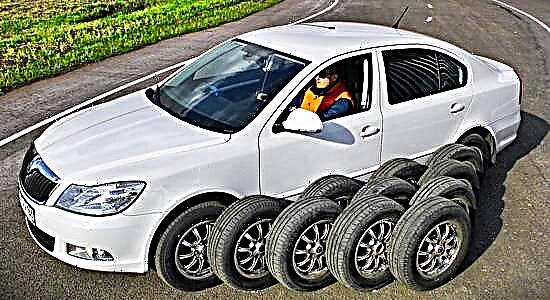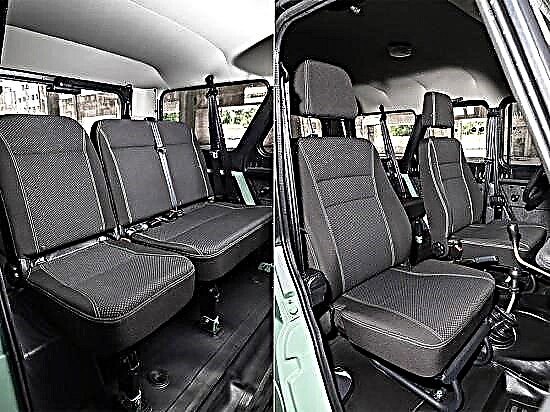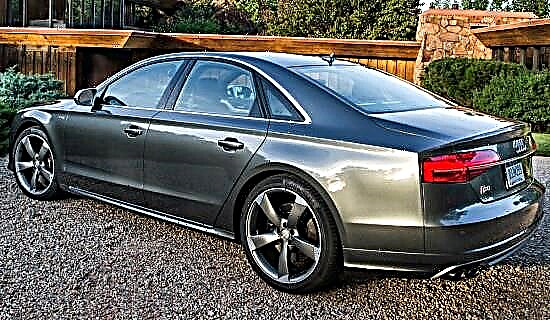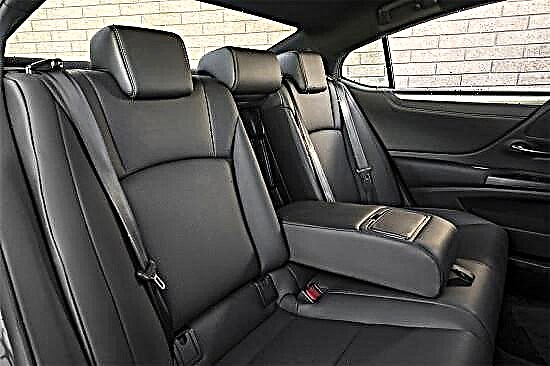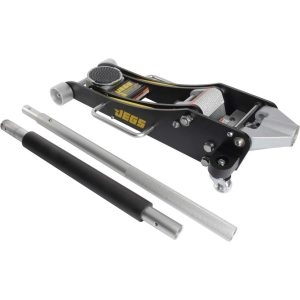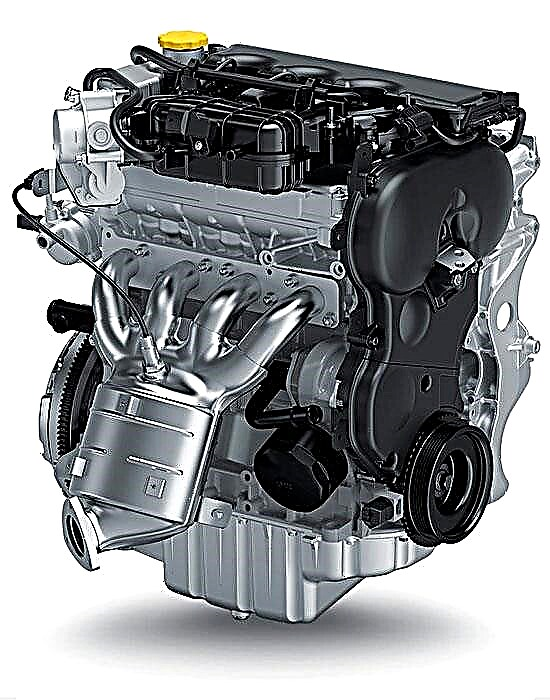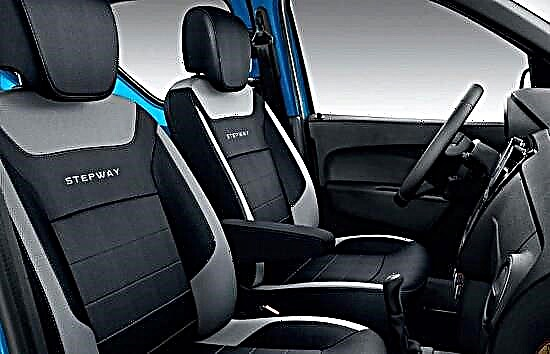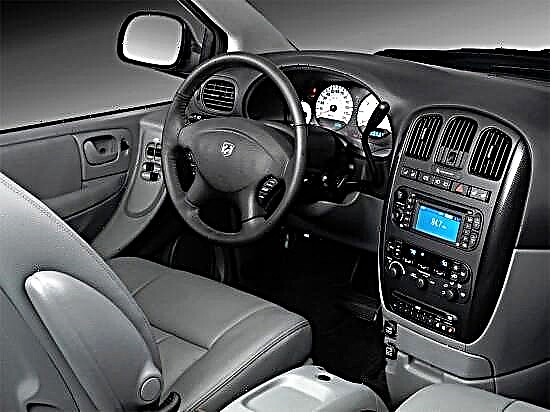At the International Auto Show in Detroit, held in January 2000, Dodge demonstrated the next generation Caravan minivan, the official sale of which began in August of the same year. In 2005, the car underwent a slight restyling, having received cosmetic changes in the appearance and interior decoration, after which it existed in this form until 2007 (in China - until 2011), when its successor was presented.

"Caravan" of the fourth generation is a full-size minivan with a four-door body, which had two variants - standard and long-wheelbase (Grand Caravan).

The overall length of the vehicle is 4808-5095 mm, of which 2878-3030 mm is the distance between the axles, the width is 1996 mm, and the height is 1750 mm.

The curb weight of the "American" varies from 1815 to 2130 kg, depending on the modification.
Specifications. The "fourth" Dodge Caravan was equipped with both gasoline and diesel units, which were mated with a 3- or 4-speed "automatic", front or plug-in all-wheel drive.
- The gasoline part consisted of in-line four-cylinder and V-shaped six-cylinder "atmospheric engines" with a volume of 2.4-3.8 liters, producing 150-200 horsepower and 224-332 Nm of torque.
- In the Philippines, the minivan was also equipped with a 2.8-liter turbodiesel "four", developing a capacity of 163 "mares".
The fourth generation "Caravan" is based on the "Chrysler RT" platform with a transversely placed power unit. The front of the car is equipped with an independent suspension of the spring-link type, and at the rear there is a dependent architecture with leaf springs ("in a circle" there are anti-roll bars).
By default, the monocab "flaunts" a rack and pinion steering gear with power steering.
The front wheels are equipped with ventilated discs of the brake system, on the rear wheels there are drum devices (plus ABS technology).
The arsenal of the "fourth" Dodge Caravan includes a roomy interior with wide possibilities of transformation, soft suspension, pleasant appearance, reliable design, efficient engines and low interest from car thieves.
In contrast to them, there are poor headlights, high fuel consumption, low ground clearance and poor soundproofing of the cabin.

